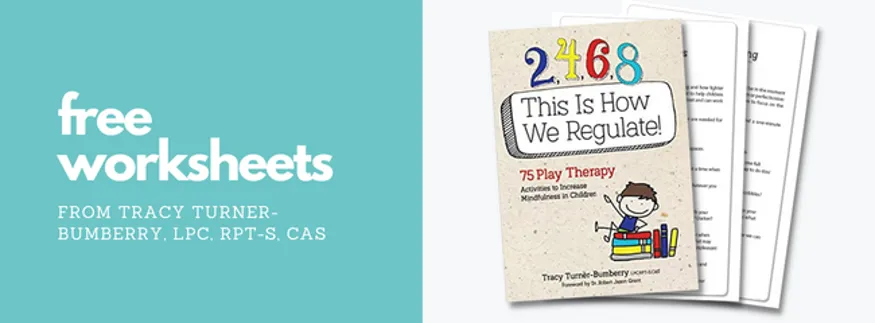Using Drawing Interventions in Play Therapy

Drawing is an excellent way to introduce art-based therapy interventions to clients.
I was working with one of my clients who was struggling to get her thoughts out. Drawing allowed her to bypass her fears and get her brain past the roadblocks.
It is a useful tool that may feel less threatening and easier for young clients to complete compared to other types of psychotherapy exercises. And an eraser is all that is needed if the drawing is not going in the direction the client wants it to go!
Keep the activity simple and engaging. The simple use of a pencil and paper allows clients to not have to decide upon color choices. They can focus on just drawing. And while they are drawing, they’re accessing and moving past sticking points by focusing more on their inner expressions than the difficulties at the surface. Freely drawing can also be a more active activity for clients than simply coloring in a pre-made page. They get to explore, dream, plan, critically think and develop whatever their heart desires and aren’t limited by the predrawn outlines already on the page.
Keep the idea open-ended. Clients often have an idea in their heads of what they want to create, then become frustrated when their images don’t compare to their ideas. It is for this very reason that I include drawing interventions where actual objects are not being drawn. I have found it very beneficial to allow clients to experiment with pencils by scribbling, applying varying amounts of pressure, and creating circles. This cannot only provide relaxation to young clients, but give them the confidence to then tackle more detailed drawing interventions.
You can add drawing into your practice. I’ve been using drawing interventions in my practice for years and made some mistakes along the way with clients. I’ve put together this amazingly awesome coolest ever possible worksheet that you can use in your very next session to use drawing to bypass their roadblocks and unlock their mind.
Download the PDF of drawing interventions you can use with children here.
This blog is an excerpt from 2, 4, 6, 8 This Is How We Regulate: 75 Play Therapy Activities to Increase Mindfulness in Children. Learn more about the book here!
I was working with one of my clients who was struggling to get her thoughts out. Drawing allowed her to bypass her fears and get her brain past the roadblocks.
It is a useful tool that may feel less threatening and easier for young clients to complete compared to other types of psychotherapy exercises. And an eraser is all that is needed if the drawing is not going in the direction the client wants it to go!
Keep the activity simple and engaging. The simple use of a pencil and paper allows clients to not have to decide upon color choices. They can focus on just drawing. And while they are drawing, they’re accessing and moving past sticking points by focusing more on their inner expressions than the difficulties at the surface. Freely drawing can also be a more active activity for clients than simply coloring in a pre-made page. They get to explore, dream, plan, critically think and develop whatever their heart desires and aren’t limited by the predrawn outlines already on the page.
Keep the idea open-ended. Clients often have an idea in their heads of what they want to create, then become frustrated when their images don’t compare to their ideas. It is for this very reason that I include drawing interventions where actual objects are not being drawn. I have found it very beneficial to allow clients to experiment with pencils by scribbling, applying varying amounts of pressure, and creating circles. This cannot only provide relaxation to young clients, but give them the confidence to then tackle more detailed drawing interventions.
You can add drawing into your practice. I’ve been using drawing interventions in my practice for years and made some mistakes along the way with clients. I’ve put together this amazingly awesome coolest ever possible worksheet that you can use in your very next session to use drawing to bypass their roadblocks and unlock their mind.
Download the PDF of drawing interventions you can use with children here.
This blog is an excerpt from 2, 4, 6, 8 This Is How We Regulate: 75 Play Therapy Activities to Increase Mindfulness in Children. Learn more about the book here!
Play Therapy Summit 2023

At PESI’s 2nd Annual Play Therapy Summit on May 10-11, we’re gathering leading play therapy clinicians including keynote Dan Siegel, Paris Goodyear-Brown, Clair Mellenthin, Lisa Dion and so many more to break it all down.
Our panel of experts will show you how to skillfully integrate fun, practical, and immediately useful play therapy interventions to meet the challenges you’re facing right now.
Our panel of experts will show you how to skillfully integrate fun, practical, and immediately useful play therapy interventions to meet the challenges you’re facing right now.






